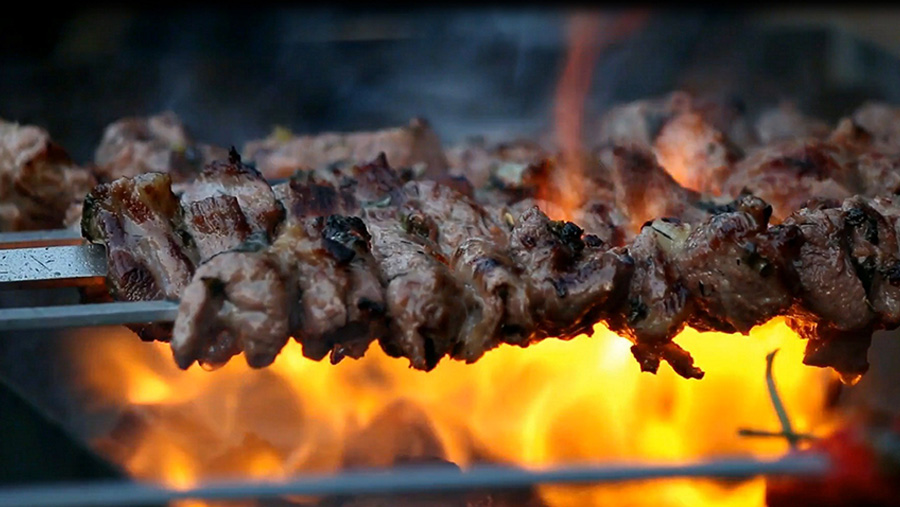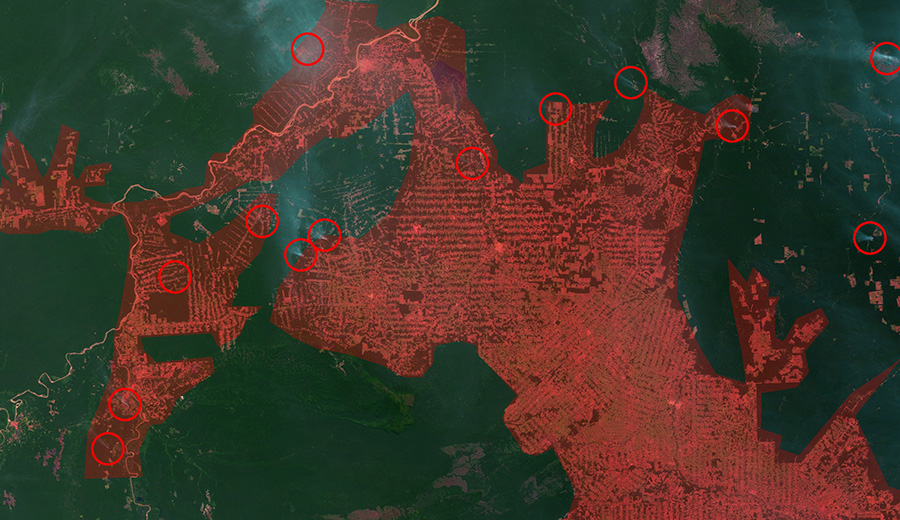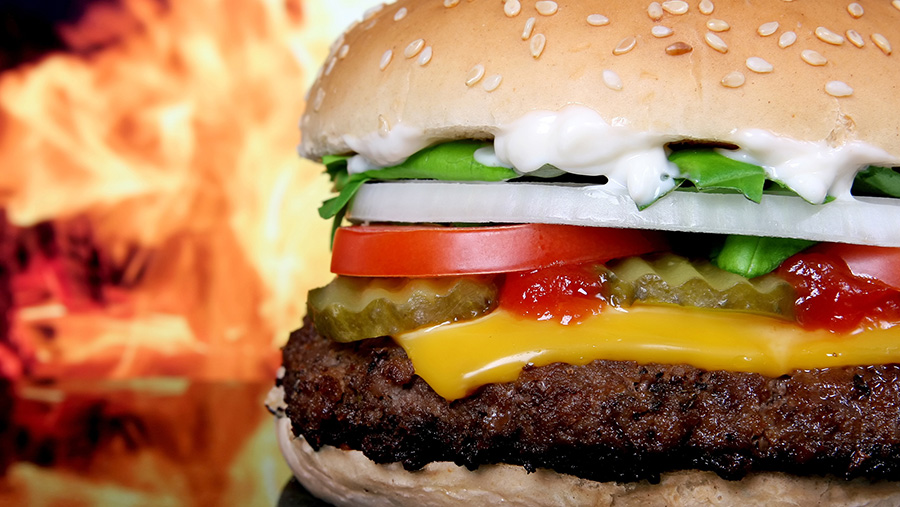#2 livestock destroys the rainforest and more
If we picture a happy cow it is a cow grassing on lawns as far as far as you can see. We perceive that a cow out in nature is a good thing rather than squeezed in small cages. On one had this perception is true but the real problem lays in the scale of the operation. I am not talking about a small herd of cows on a grassy slope in the Alps, I am talking about the massive industrial production of supersized cattle ranches in the Amazon for example.

70% of formerly forested land in the Amazon and 91% since 1970 is used for livestock ranches. From the almost 770.00sqkm ( which is 20% of the rainforest till 2005 form its state of 1970) which fell for deforestation 690.300sq.km are used for livestock which is more than the size of Oman (309.000sq.km)… twice. And this is only the loss of rainforest in the Amazon.
There is a general rule of thumb that approximately 1.5-2 acres of land are needed to feed a grassing cow. This translates into more than 80 million cows on the 690.300sq.km in the Amazons which poses other problems like pollution. Worldwide livestock of cattle is almost one billion animals.

Satellite image of deforested land in the Amazon in 2007. The red circles indicate fire clearing of rainforest
There are many other places which are equally affected e.g. using the land to grow crops for animals is vastly inefficient. It takes almost 20 times less land to feed someone on a plant-based (vegan) diet than it does to feed a meat-eater since the crops are consumed directly instead of being used to feed animals. In the United States alone, 225.000sq.km of land is used to grow feed for animals, while only 16.200sq.km are producing plants for humans to eat. (source www.peta.org)
The Amazon got quite a bit of attention but currently the increasing demand for meat in Asia especially China will put further pressure on resources. The average consumption of meat grew in China from 13kg in 1982 to 63kg a year in 2016 and is expected to grow an additional 30kg until 2030.
The USA has the highest meat consumption worldwide with around 120kg/year and India has one of the lowest with about 4kg/year. The meat consumption in the UAE was at 74kg in 2009 and the average meat consumption worldwide is approximately 43kg/year. There is a correlation between the affordability of meat and the consumption so with developing countries increasing their standard of living and a constantly growing population it is obvious that it will not be possible to feed the world’s population with meat.

Luckily in the Amazon, we can see a downward trend in deforestation which slowed down the process loosing vital rainforest but it did not stop it and it will not stop as long as the demand for meat will grow. So don’t blame the farmers who burn down rainforest to make a living, blame yourself the consumer who is fueling this spiral of destruction. You don’t need to give up eating meat but it would be a good choice to reduce meat consumption rather than following an upwards trend. ■
Words by: Daniel Birkhofer


